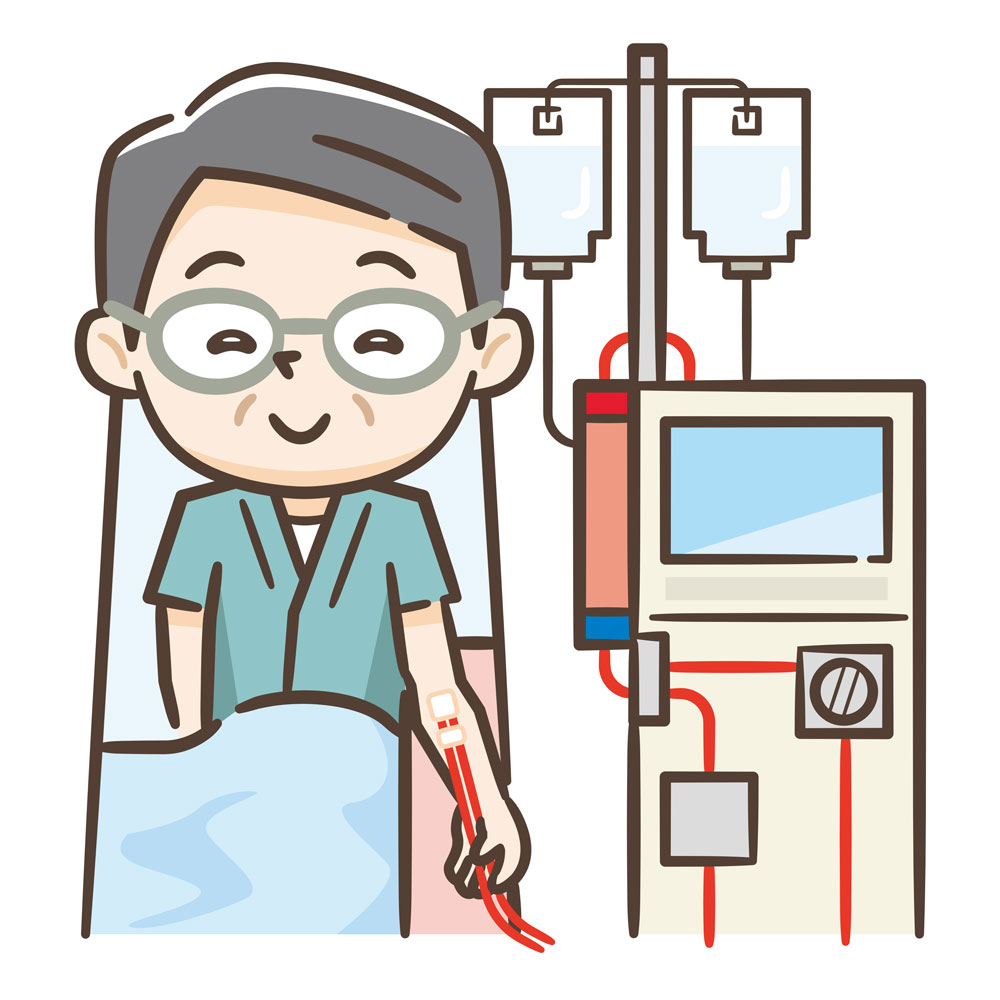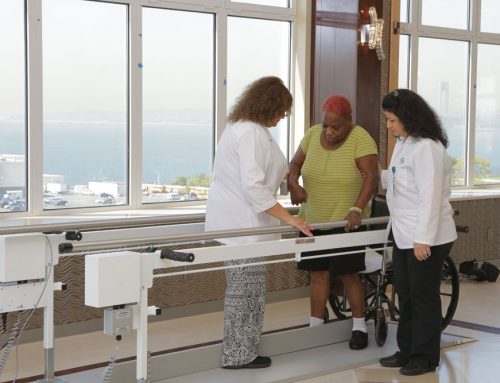The kidneys are a vital part of the urinary tract. These little organs filter toxins from the blood, sending them to the bladder to be disposed of during urination. When the kidneys fail, those toxins build up in the bloodstream. To combat kidney failure, a dialysis procedure will be recommended.
Dialysis takes over when the kidneys aren’t capable of fulfilling their duties. It removes those unwanted toxins, preventing the symptoms of kidney failure and increasing your lifespan. Two dialysis options are available, each of which has benefits and drawbacks, which we’ll discuss more below.
Dialysis Procedure
When dealing with kidney failure, there are two types of dialysis to consider. Both offer the same function, though the procedures are somewhat different.
The first option is hemodialysis, which requires an artificial kidney machine called a dialyzer. For this dialysis procedure, the machine is connected to a needle in your arm by a tube.
The tainted blood is removed from your body through the tube and circulated through the machine. The dialyzer’s filter contains a solution that cleanses the blood. The clean blood is sent through a second tube and needle back into your body.

The hemodialysis procedure is completed in a hospital or dialysis center three times a week. Each session lasts between 3 and 5 hours. You can also do home hemodialysis, though the schedule varies. You can do four sessions a week for 4 hours each, five 3-hour sessions, or six 8-hour overnight sessions.
Despite the numerous benefits of this dialysis procedure, there might be, although rare, side effects. These may include low blood pressure, nausea, dizziness, chest or back pain, muscle cramps, itchy skin, and headaches.
Another option is peritoneal dialysis, which is done at home. A few weeks before dialysis begins, a catheter is permanently inserted through the belly and into the peritoneum.
During dialysis, the catheter connects to a branch of a Y-shaped tube with a solution bag on the other end. The tube sends the solution into the peritoneal cavity. When the bag is empty, the tube is disconnected, and the catheter is capped. The patient then continues with their day.
The solution absorbs the waste and extra fluids the kidneys would normally remove. After 60 to 90 minutes, the Y-shaped tube is reattached, and the fluid drains through the second branch into an empty bag. The peritoneal dialysis procedure is repeated up to four times each day.
There are a few mild side effects of peritoneal dialysis, though these are very mild. The solution creates a bloated or full feeling in the belly, which can be uncomfortable. The stomach may also become distended due to excess fluid.
How long can you live with kidney failure without dialysis?
In some cases, dialysis is a temporary measure until the kidneys have healed and can resume their functions. Unfortunately, kidney failure is often incurable and requires a transplant before halting the dialysis procedure.
Of course, some patients choose to forgo dialysis due to other medical issues or reduced quality of life. Life expectancy without dialysis varies from a week to a couple of months, depending on current kidney function and overall health.
This content comprises informative and educational resources only and can not be considered as a substitute for professional health or medical guidance. Reliance on any information provided in this article is solely at your own risk. If you have any inquiries or apprehensions about your medical condition or health goals, talk with a licensed physician or healthcare provider.






Leave A Comment